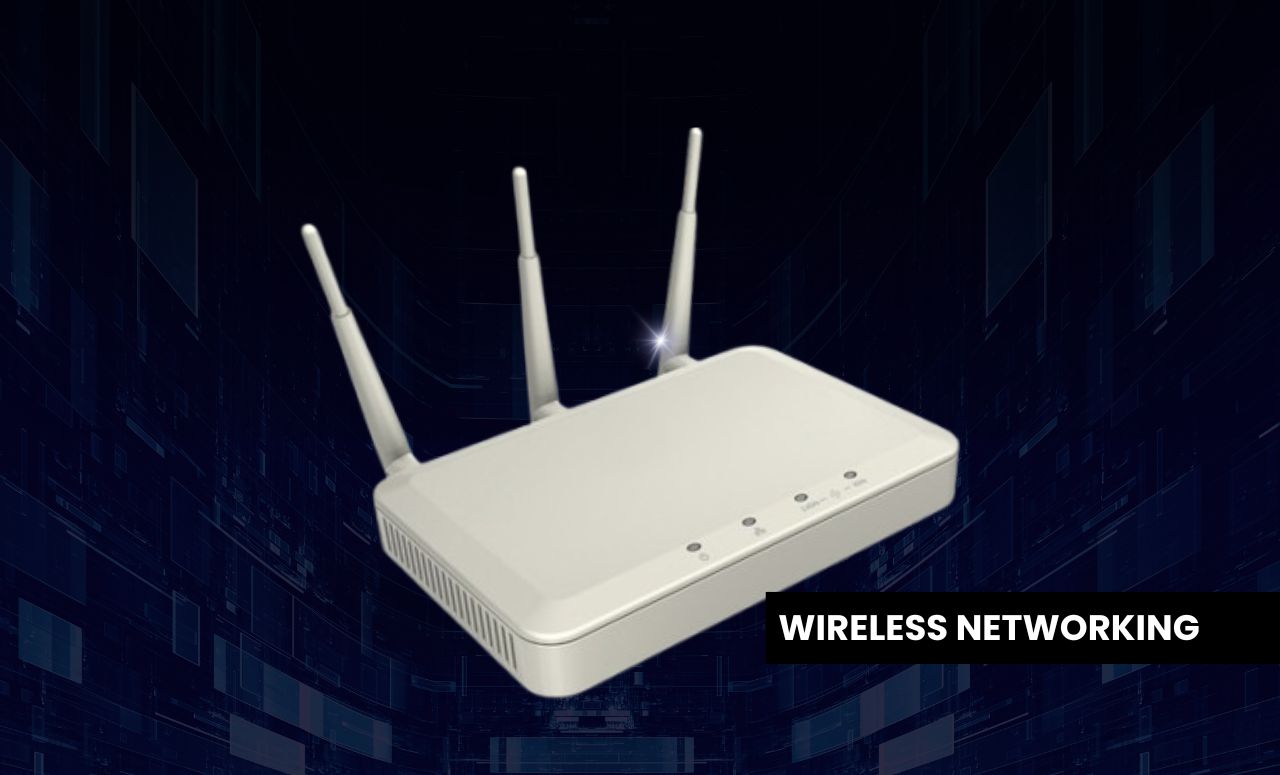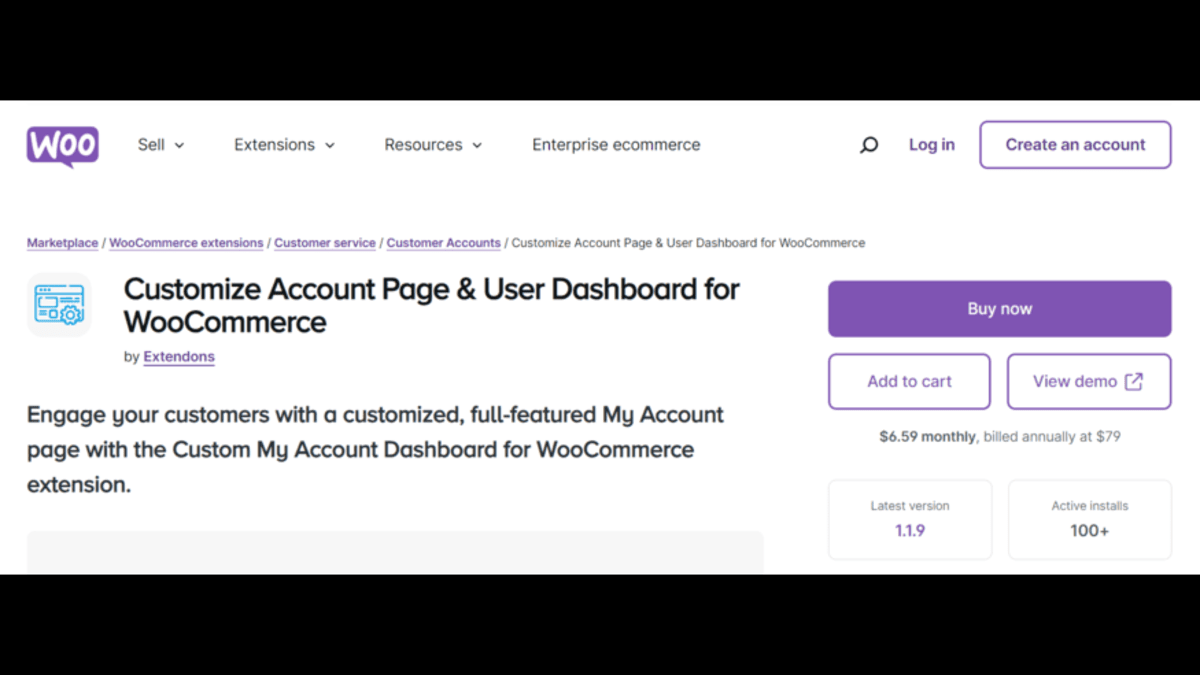Modern smartphones are powerful devices, but over time, they can slow down due to various performance issues. Many users find that after months of use, their phones begin to lag, apps take longer to open, and battery life drains faster. While these issues can be frustrating, phone diagnostic software can help users identify and resolve the underlying causes of reduced performance, restoring their smartphones to peak functionality.
In this guide, we’ll explore how phone diagnostic software can boost smartphone performance and speed by diagnosing system inefficiencies, detecting hardware problems, and recommending solutions.
1. Identifying Battery Health and Power Draining Apps
Battery performance is a common concern for smartphone users, and degraded battery health can lead to poor performance. Phone diagnostic software offers a quick way to check the health of your battery and understand how it impacts your phone’s overall functionality.
-
Battery Health Analysis: Diagnostic software can measure battery health by checking the maximum charge capacity and evaluating usage patterns. This helps users understand whether a battery replacement might be necessary to restore full performance.
-
Power Consumption: By analyzing which apps consume the most power, diagnostic tools can help users spot power-hungry apps that drain the battery and slow down the phone. Closing or uninstalling these apps can boost overall performance and extend battery life.
Keeping the battery in good condition helps the phone maintain stable power, directly impacting its speed and efficiency.
2. Freeing Up Storage to Prevent Slowdowns
Limited storage space is a frequent cause of smartphone slowdowns, as full storage can reduce a phone’s speed, making apps load more slowly and impacting system responsiveness.
-
Storage Usage Analysis: Phone diagnostic software provides a detailed breakdown of storage usage, showing how much space is occupied by apps, media, cache files, and system data. It can identify files and apps that take up significant space, allowing users to free up storage by deleting or offloading these files.
-
Cache Cleaning: Diagnostic tools often provide cache-cleaning functionality, which removes temporary files and unnecessary data, freeing up valuable storage space and improving speed.
By managing storage, users can keep their phones running smoothly without the drag caused by overloaded memory.
3. Detecting and Resolving Background Processes
Many apps and services run in the background, consuming resources and slowing down the device without the user’s knowledge. Phone diagnostic software helps users identify and manage these background processes.
-
Background Process Identification: The software scans and displays all processes running in the background, helping users spot any unnecessary apps or services that might be slowing down their device.
-
App Management: Diagnostic software may offer options to restrict or close certain apps that consume excessive resources. This can significantly improve performance by freeing up RAM and processor resources.
By identifying and controlling background processes, diagnostic tools enable users to maximize system resources for faster performance.
4. Testing Processor and Memory Performance
The processor (CPU) and memory (RAM) are central to a phone’s speed and performance. Phone diagnostic software offers tests and performance checks that help users evaluate these critical components.
-
CPU Performance Test: Diagnostic software can analyze CPU usage, temperature, and performance under various loads. It may reveal whether the processor is struggling with specific tasks or if there are background tasks consuming too much CPU power.
-
RAM Usage Analysis: By assessing RAM allocation and usage, diagnostic tools can indicate whether there is sufficient memory available for optimal performance. They also help users identify apps that consume too much RAM, which can cause the phone to lag.
Optimizing CPU and memory usage can bring noticeable improvements in speed, ensuring that the phone performs smoothly, even with resource-intensive apps.
5. Pinpointing Connectivity Issues
Connectivity issues with Wi-Fi, Bluetooth, or mobile networks can affect overall performance, especially when tasks are delayed due to weak signals or frequent reconnections. Diagnostic tools can help users identify and resolve these connectivity problems.
-
Network Speed Test: Diagnostic software can measure Wi-Fi and cellular network speeds, helping users determine whether slow connectivity is causing performance lags. If the network speed is insufficient, the tool may suggest network reset options or ways to enhance connectivity.
-
Bluetooth and GPS Functionality: The software can also test Bluetooth and GPS connectivity, identifying any issues that could be interfering with performance.
By ensuring stable connections, diagnostic software enables smoother performance for online apps and services.
6. Monitoring and Managing App Permissions
Apps that have extensive permissions can potentially cause performance issues by running background services or accessing data unnecessarily. Phone diagnostic software can help users monitor app permissions and manage them effectively.
-
Permission Review: Diagnostic tools provide a comprehensive view of each app’s permissions, such as location, camera, and microphone access. By revoking unnecessary permissions, users can reduce the chances of apps running in the background, which can improve performance and conserve battery.
-
Security and Privacy Checks: Some diagnostic tools also highlight permissions that could compromise security or privacy, giving users additional control over how their device resources are used.
Effectively managing app permissions minimizes app activity, resulting in fewer interruptions and better performance.
7. Detecting Hardware Issues Affecting Performance
Hardware issues can sometimes go undetected but still impact the phone’s performance. Diagnostic software can identify hardware issues, allowing users to address them before they cause significant slowdowns.
-
Screen and Touch Sensitivity: Some diagnostic tools test screen responsiveness, ensuring that the touch functionality is working accurately. If a touch sensor or screen is unresponsive, it can hinder app interactions and delay tasks.
-
Camera, Speakers, and Sensors: The software can check camera quality, speakers, and other sensors (like accelerometers or gyroscopes), highlighting any components that might need repairs or calibration.
-
Battery Temperature and Physical Condition: Overheating batteries and worn components can impact performance. Diagnostic software helps detect these issues, allowing users to prevent further degradation.
Identifying hardware issues early can prevent additional damage and maintain optimal performance over time.
8. Optimizing Device Settings for Peak Performance
Phone diagnostic software often provides recommendations for device settings that can improve performance. By adjusting certain configurations, users can enjoy faster, smoother performance.
-
Performance Mode Suggestions: Many phones have settings to toggle between performance modes (e.g., battery saver, balanced, or high-performance modes). Diagnostic software may suggest optimal settings based on the user’s needs, balancing battery life and speed.
-
Brightness and Display Adjustments: Overly bright displays consume battery and reduce overall performance. Diagnostic tools may recommend adjustments to display settings for a better balance of performance and power conservation.
Small tweaks to device settings can make a big difference in performance, helping users customize their phone for a seamless experience.
9. Regular Performance Monitoring for Long-Term Health
Regular monitoring can help users catch performance issues early. Phone diagnostic software often includes continuous monitoring features that track the health of various components, alerting users to potential problems.
-
Automated Health Checks: Some diagnostic tools can run scheduled scans, checking device health regularly and providing alerts if a problem is detected.
-
Usage History and Trends: By providing data on battery cycles, storage usage, and temperature changes over time, diagnostic software gives users insights into long-term performance, allowing for preventive measures if issues arise.
With regular monitoring, users can maintain their smartphone’s performance and speed, avoiding the need for frequent repairs or replacements.
Conclusion: Maintaining Peak Smartphone Performance with Diagnostic Software
Phone diagnostic software is an invaluable tool for smartphone users who want to keep their devices running at peak performance. From identifying battery-draining apps to pinpointing hardware issues, diagnostic tools offer comprehensive insights into all aspects of a phone’s health. By using these tools regularly, users can optimize their smartphone’s speed and functionality, prevent costly repairs, and extend their device’s lifespan.
For anyone looking to improve smartphone performance without needing technical expertise, diagnostic software is a must-have. It empowers users with actionable information to keep their phones fast, responsive, and efficient over the long term. By adopting these practices, users can enjoy a consistently smooth and reliable smartphone experience.




